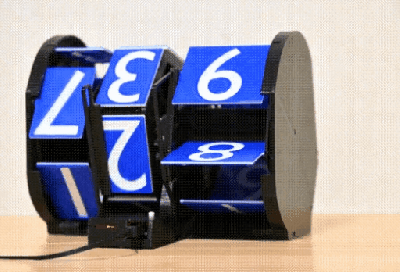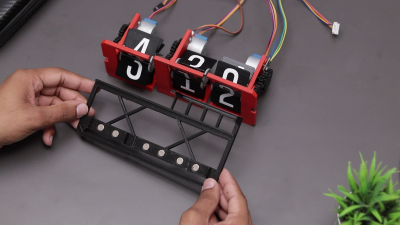Despite the name, so-called “instant” noodles still need to sit for a few minutes before they’re actually ready to eat. Most people would likely use a simple kitchen timer to let them know when it’s time to chow down, but this unique mechanical timer uses the weight of the noodles themselves to power a timing mechanism.
The timer acts in much the same way that a pendulum clock would, in that a weight provides the energy to drive the clock’s mechanism which releases that energy in discrete steps. Besides a few metal parts and some magnets, the majority of the clock is 3D printed with a small platform on the side where the noodles rest. As the platform falls the weight drives the clock mechanism which will finally alert the user when they finish their descent three minutes later with the help of a small bell. There’s even an analog display which shows the number of minutes remaining before the noodles are ready to eat.
As far as single-purpose kitchen appliances go, this is one that we might find ourselves sacrificing some counter space for not only for the usefulness but also for the aesthetic appeal of the visible clock movements and high-quality design. It could even go beside the automatic ramen cooker for when we’re too busy (or lazy) to even boil the water for instant noodles ourselves.




















